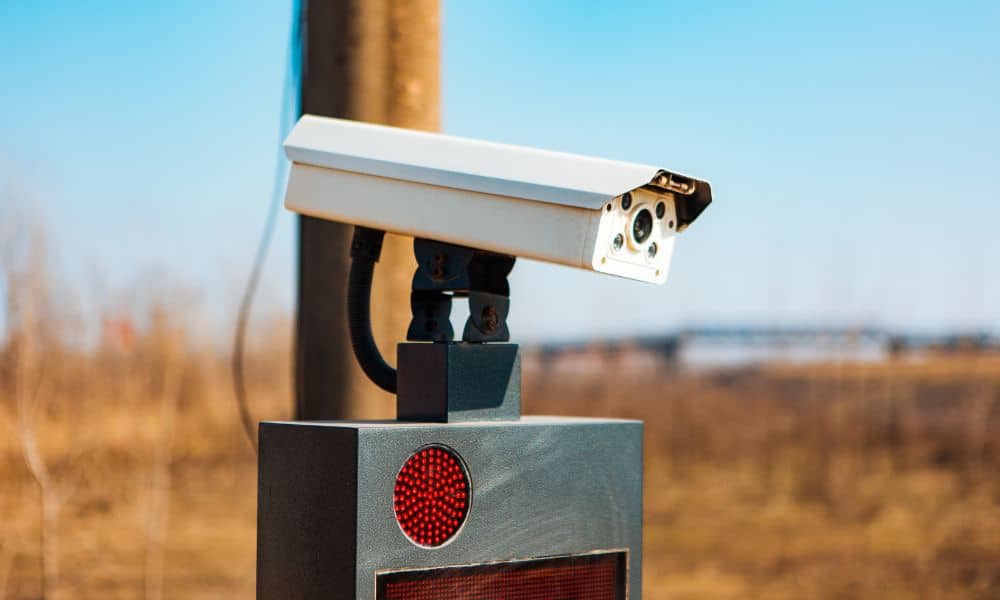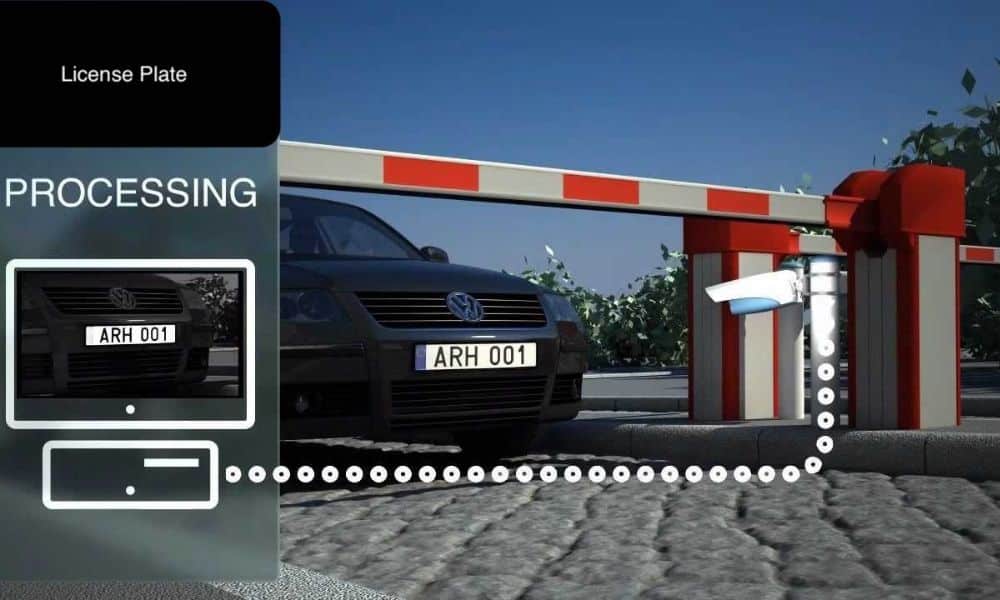In the modern landscape of security technology, License Plate Recognition (LPR) has emerged as a game-changer. This advanced system combines cameras, software algorithms, and artificial intelligence to automatically capture, read, and analyze license plate numbers in real time. From law enforcement agencies to parking management and beyond, LPR technology offers a plethora of benefits for enhanced security and efficiency.

Understanding License Plate Recognition:
License Plate Recognition (LPR), also known as Automatic License Plate Recognition (ALPR), is an advanced technology that involves the automatic capture, identification, and analysis of license plate numbers from images or video streams. This technology combines cameras, optical character recognition (OCR) software, and artificial intelligence to extract and interpret license plate information in real time. Understanding License Plate Recognition is key to unlocking its potential in various applications, from law enforcement to parking management and beyond.
How License Plate Recognition Works:
- Camera Capture: Specialized cameras capture images of vehicles as they pass by or enter specific areas, such as parking lots, toll booths, or roadways.
- Image Preprocessing: The captured images undergo preprocessing to enhance image quality, correct lighting conditions, and optimize contrast.
- Optical Character Recognition (OCR): OCR software analyzes the images to identify and isolate the license plate characters. This step involves converting the visual information into readable text.
- Character Recognition: The OCR software identifies and reads the characters on the license plate using pattern recognition algorithms. The recognized characters are then converted into digital text.
- Database Comparison: The extracted license plate number is compared against a database of authorized or unauthorized vehicles. This can include watchlists of stolen vehicles, vehicles with outstanding violations, or vehicles associated with criminal activities.
- Alerts and Actions: If a match is found in the database, the system can trigger various actions, such as sending alerts to security personnel, opening gates for authorized vehicles, or flagging potential security threats.

Key Benefits of License Plate Recognition:
- Enhanced Security: LPR systems bolster security by instantly identifying vehicles and cross-referencing them against databases of authorized or unauthorized plates. This helps prevent unauthorized access and can aid in locating stolen vehicles or identifying vehicles linked to criminal activities.
- Efficient Access Control: In parking facilities, gated communities, and secure areas, LPR systems provide seamless access control. Authorized vehicles are granted entry automatically, reducing waiting times and eliminating the need for physical passes or cards.
- Law Enforcement Support: Law enforcement agencies benefit from LPR’s ability to quickly scan and identify license plates in real time. This assists in identifying vehicles associated with criminal investigations, locating vehicles with outstanding violations, and tracking suspects.
- Parking Management: LPR streamlines parking operations by automating payment and access processes. Drivers can enter and exit parking lots without stopping to present tickets, improving traffic flow and customer experience.
- Time-Saving Efficiency: Traditional methods of manually checking license plates are time-consuming and error-prone. LPR technology significantly speeds up the process, enhancing efficiency for security personnel.
- Data Collection and Analysis: LPR systems generate valuable data on vehicle movements and patterns. This data can be analyzed to make informed decisions, optimize traffic flow, and improve security protocols.

Integration and Implementation:
Implementing LPR technology involves the following steps:
- Camera Placement: Strategically position LPR cameras at entry and exit points, as well as other relevant areas, to capture license plate images effectively.
- Camera Configuration: Calibrate cameras for optimal image quality, considering factors like lighting conditions and camera angles.
- Database Integration: Integrate the LPR system with relevant databases, such as authorized vehicles or criminal watchlists, to enable real-time identification and alerts.
- Data Analysis: Use LPR-generated data to gain insights, optimize operations, and enhance security strategies.
Challenges and Considerations:
While LPR technology offers numerous benefits, it’s essential to consider factors such as data privacy, accuracy, and system maintenance. Privacy concerns related to license plate data collection and storage should be addressed in compliance with legal regulations.

License Plate Recognition technology has transformed the landscape of security, enabling automated identification, access control, and law enforcement support. From enhancing security protocols to streamlining parking operations, LPR systems offer a wide array of advantages that contribute to safer and more efficient environments. By understanding its capabilities and integrating it thoughtfully, businesses and organizations can harness the power of LPR to elevate security measures and operational efficiency.

